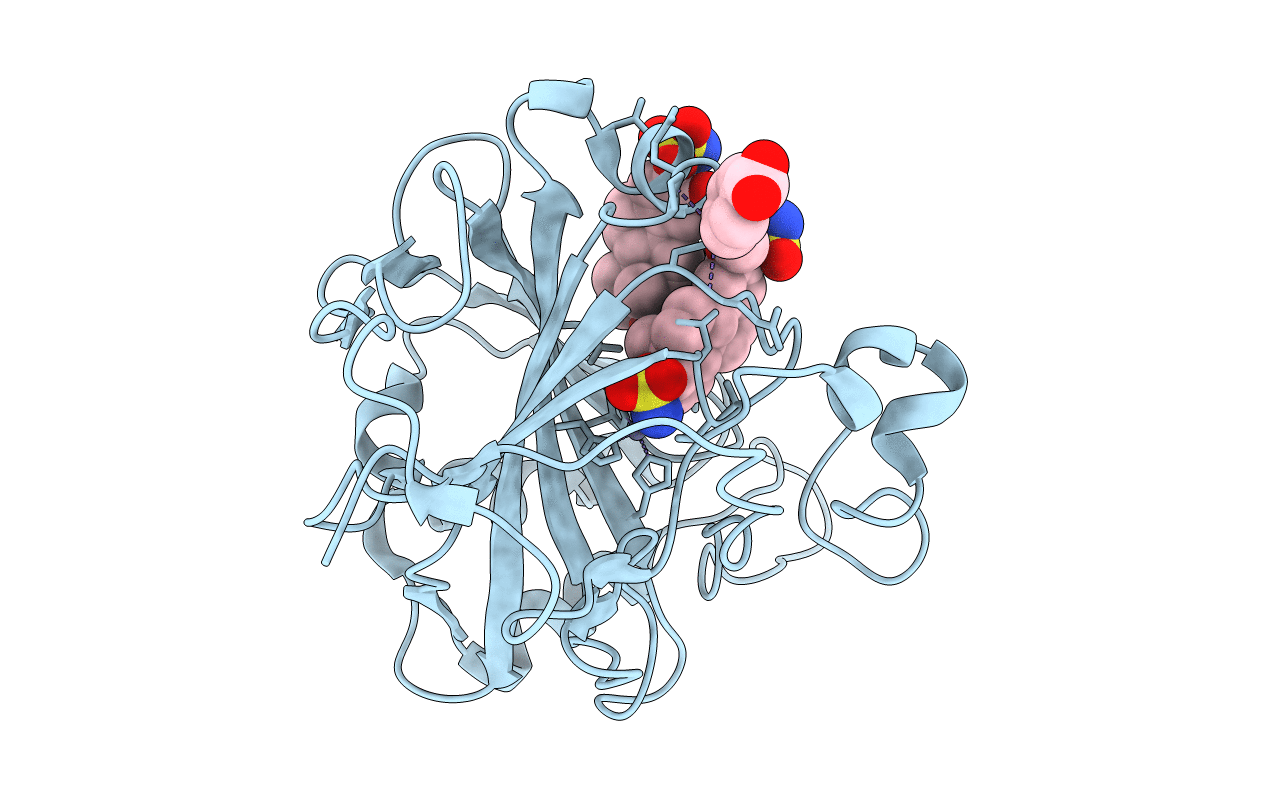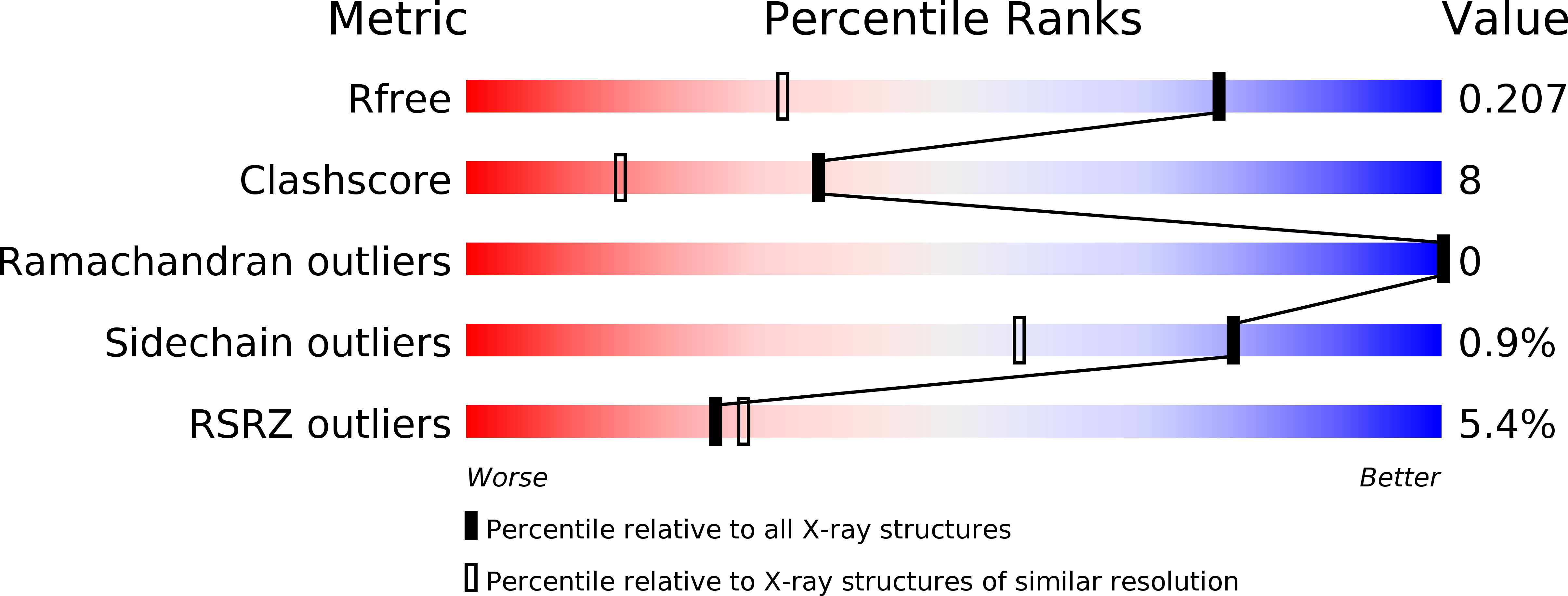
Deposition Date
2006-03-15
Release Date
2007-02-06
Last Version Date
2023-08-30
Entry Detail
PDB ID:
2GD8
Keywords:
Title:
Crystal structure analysis of the human carbonic anhydrase II in complex with a 2-substituted estradiol bis-sulfamate
Biological Source:
Source Organism:
Homo sapiens (Taxon ID: 9606)
Method Details:
Experimental Method:
Resolution:
1.46 Å
R-Value Free:
0.21
R-Value Work:
0.19
Space Group:
P 1 21 1


